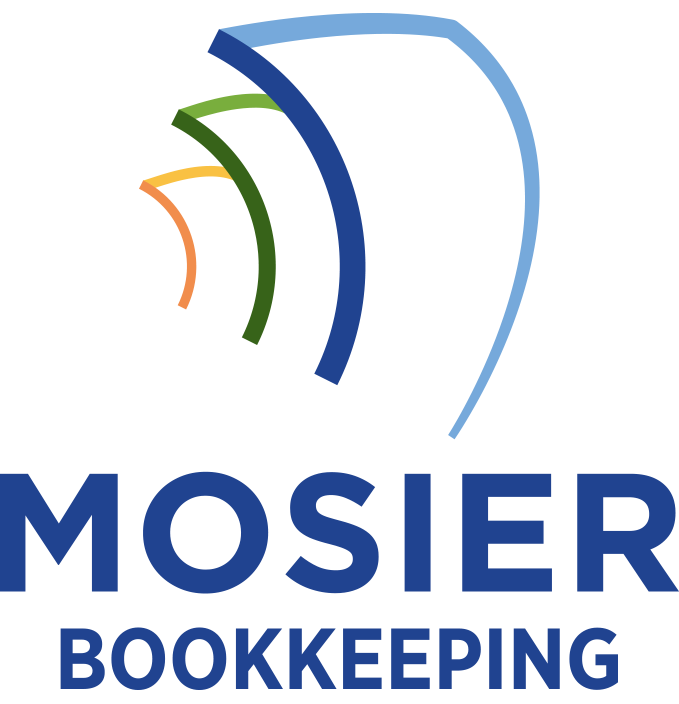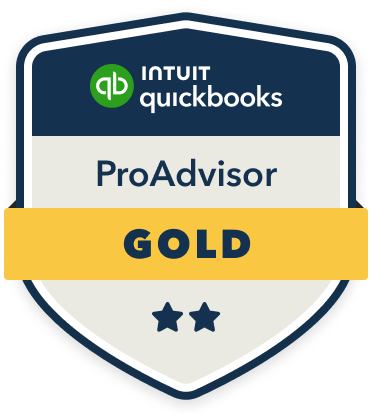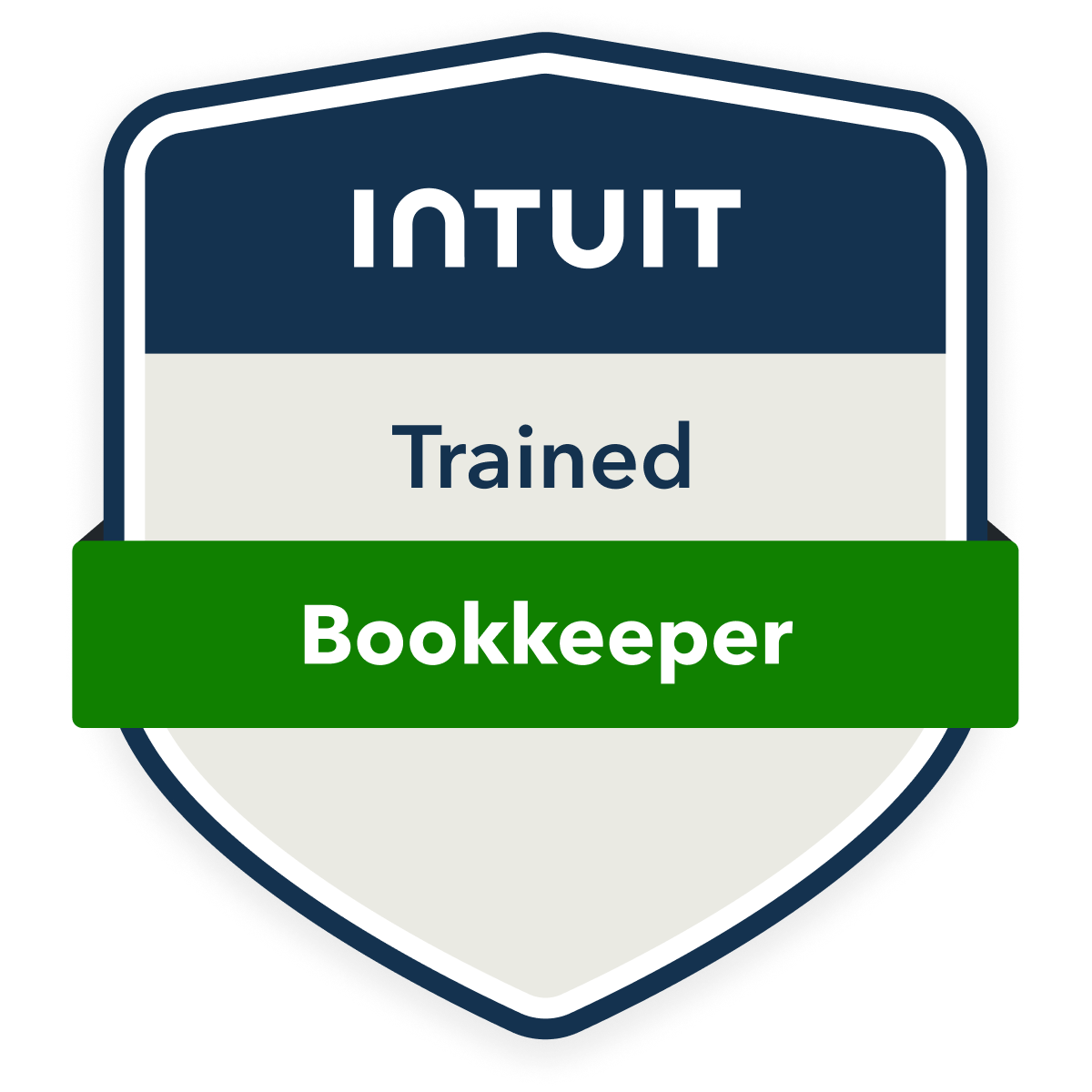I recommend implementing integrated expense tracking software to analyze your mentorship program costs effectively. Start by categorizing direct costs like mentor compensation and training materials, then track indirect expenses such as facilities overhead and administrative support. Create separate ledger accounts and use digital tools to monitor real-time spending patterns. Calculate key metrics like cost-per-mentor and participant ROI to evaluate program effectiveness. A deeper analysis of these components will reveal opportunities to optimize your program’s financial performance.
Essential Bookkeeping Tools for Mentorship Program Management

While managing a mentorship program requires multiple administrative components, proper bookkeeping tools form the foundation for tracking costs and measuring success. I recommend implementing a thorough expense tracking software that integrates with your accounting system. You’ll need tools for tracking mentor-mentee session hours, training materials, facility costs, and administrative overhead. I’ve found that cloud-based platforms with customizable dashboards work best, allowing real-time monitoring of program expenditures. Key features should include automated expense categorization, budget variance alerts, and ROI calculation capabilities. These tools enhance my ability to make data-driven decisions while maintaining precise financial control.
Direct Cost Categories and Record-Keeping Methods
Building on our bookkeeping foundation, I’ll outline the primary direct cost categories that require meticulous record-keeping in mentorship programs. You’ll need to track mentor compensation, training materials, venue rentals, and technology platform subscriptions. I recommend creating separate ledger accounts for each category.
Document mentor payments through formal invoices, logging training expenses with itemized receipts, and maintaining detailed records of facility costs. I’ve found that digital expense tracking software streamlines this process. Link each expenditure to specific program activities, enabling you to analyze cost-effectiveness and make data-driven decisions about resource allocation.
Tracking Indirect Expenses and Hidden Program Costs
The detailed tracking of indirect expenses requires a systematic approach that extends beyond obvious program costs. I’ll show you how to capture those hidden expenses that impact your program’s true ROI. You’ll need to track facilities overhead, utilities, IT infrastructure, and administrative support allocations.
I recommend creating separate cost centers for each indirect expense category. Monitor shared resource usage, like conference rooms and equipment depreciation. Don’t overlook opportunity costs – the time your senior staff spends mentoring instead of their primary roles. By mastering these hidden cost elements, you’ll gain complete financial control of your mentorship program.
Financial Metrics and ROI Calculation Strategies
Now that you’ve established robust tracking of indirect costs, measuring your program’s financial performance requires clear metrics and ROI calculations. I recommend focusing on these key financial indicators to quantify your mentorship program’s value:
| Metric | Formula |
|---|---|
| Cost per Mentor | Total Program Costs / Number of Mentors |
| Participant ROI | (Benefits – Costs) / Costs x 100 |
| Retention Savings | Turnover Cost x Retention Rate Improvement |
| Productivity Gain | Revenue per Employee x Productivity Increase |
I calculate these metrics quarterly to demonstrate the program’s financial impact and secure continued investment. By tracking these systematically, I’ve helped clients achieve 300% ROI on their mentorship initiatives.
Data Analysis and Reporting Best Practices

Proper data analysis and reporting form the foundation of an effective mentorship program evaluation strategy. I recommend focusing on key metrics and visualizing data to uncover meaningful insights about program costs and ROI.
To maximize analytical impact, I track these essential reporting elements:
- Monthly cost per mentorship pair
- Participant retention and completion rates
- Time investment from mentors and mentees
- Program administration overhead
- Measurable skill development outcomes
I structure my reports to highlight trends, anomalies, and opportunities for optimization. By maintaining consistent reporting frameworks and standardized data collection methods, I guarantee decision-makers receive actionable intelligence to guide program investments and improvements.
